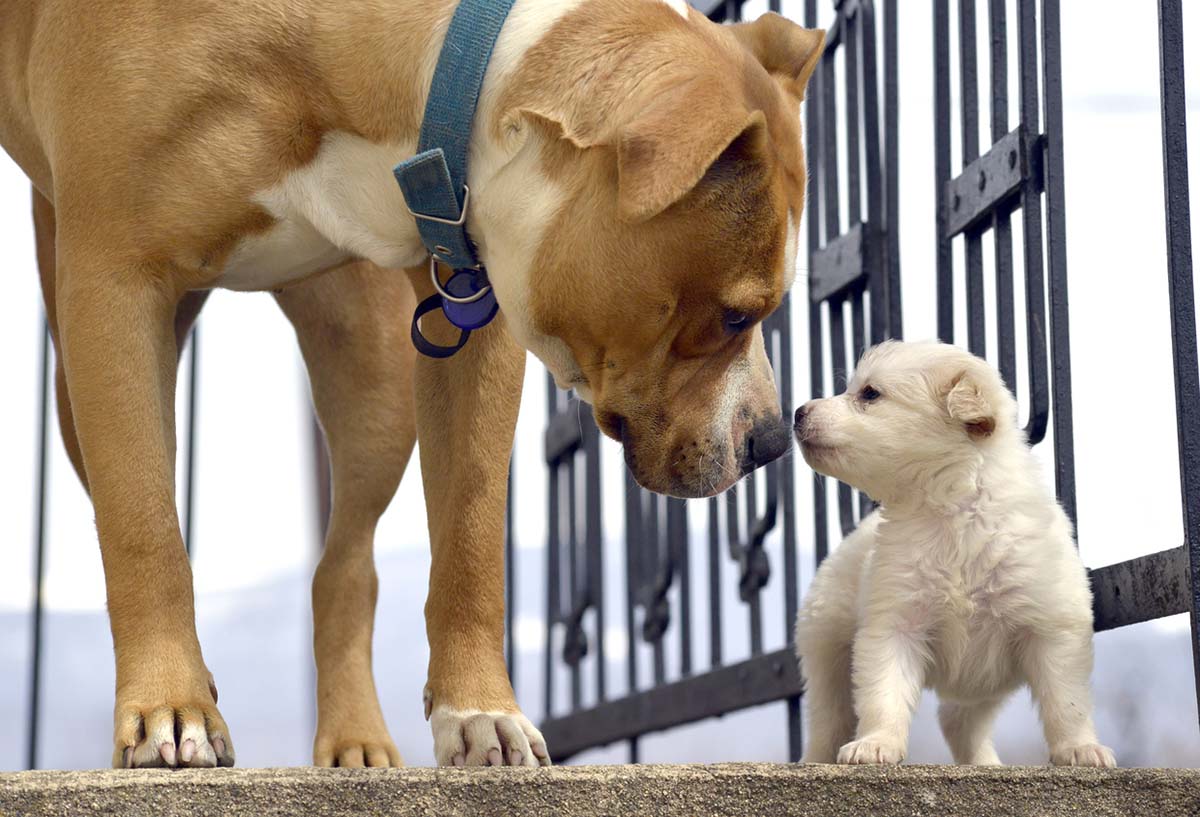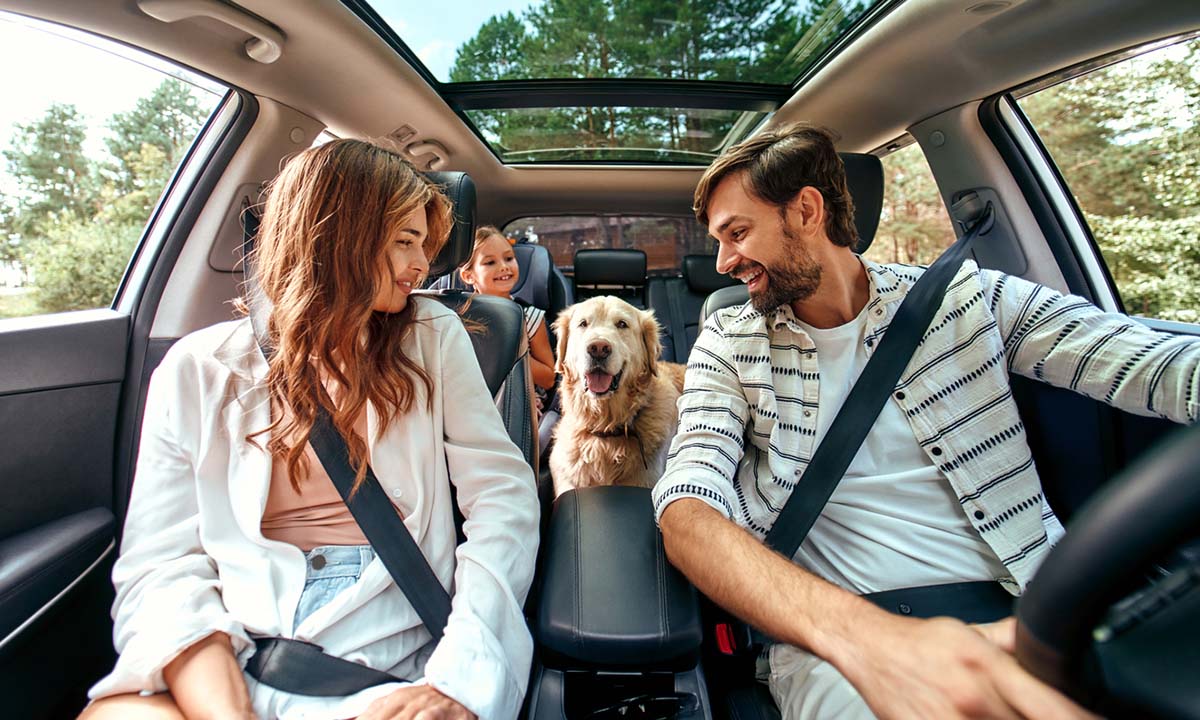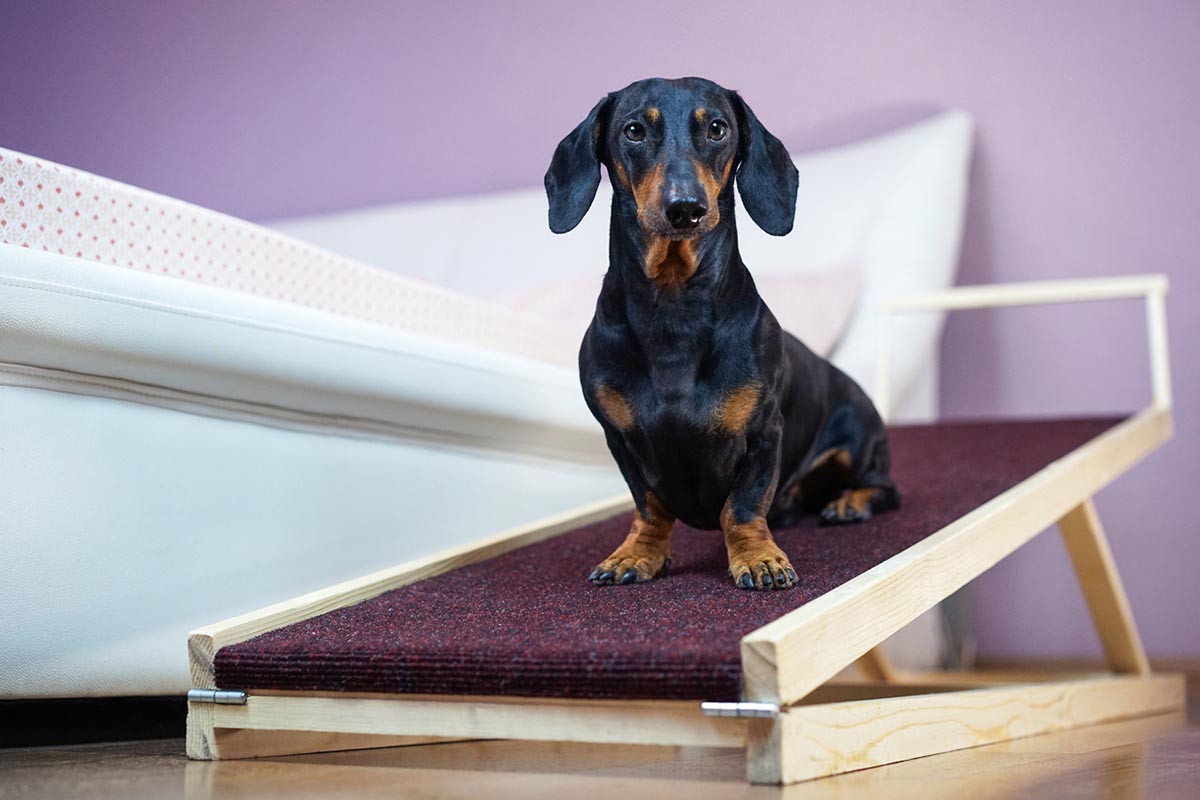Introducing a New Dog to Your Home
Opening your home and heart to a new dog can be exciting, but there are many things to consider before adding a new family member to your pack.
Opening your home and heart to a new dog can be exciting, but there are many things to consider before adding a new family member to your pack. Especially when you already have a resident dog at home.
Before taking the plunge, it’s essential to examine the pros and cons. This is a decision that will affect your family significantly, so being prepared and educated is the key to keeping the household in balance.
Things to Consider & Do Before Getting a Second Dog
First of all, do not get a second dog … for your dog. Well-intentioned pet parents think getting a second dog is the answer to the original dog’s separation anxiety or socialization issues. Do not do this. It could have the opposite effect, making things worse — for both dogs. Always tackle your current dog’s behavioral issues first. This takes time and commitment. There is no such thing as a ‘quick fix’ for separation anxiety or aggressive behavior.
It’s also essential that you consider finances and time management before bringing home the new dog. Can you afford to give two pups the same creature comforts you provide for one? In addition to doubling the love, you will also be doubling everything else that comes with having a dog. This includes vet visits, food, grooming, potty cleanup, training, and more.
You also want to take note of how compatible the two dogs will be. You may notice some sibling rivalry, jealousy, and bad habits.
Another dog is a lot of work, but if you and your family are ready and fully committed before bringing a new puppy home, it can be very rewarding.
Step 1: Get Familiar with Dog Body Language
Hopefully, you did this before getting your first dog. Before introducing another dog to anyone or anything — be that a new human or new pet — get familiar with dog body language.
Understanding the different postures and subtle movements of dogs is essential to setting them up for success long-term. If more humans took the time to recognize what their dog is non-verbally telling them, countless confrontations and fight-or-flight instances could be avoided.
Tufts University’s Cummings School of Veterinary Medicine has a great comprehensive guide to dog communication all current and prospective pet parents should read.
Step 2: Practice Run
One of the biggest factors when deciding if to become a two-dog household is determining whether or not Dog #1 is ready for the addition. Just because you are ready for another companion, doesn’t mean that your dog is.
If your pup at home is not the most dog-friendly, it’s best to test the waters before committing to a second dog. You could ask other dog parents you know to meet you in an outside area with their pups on leash to see how your dog does. If your attempts don’t go as planned, invest some time in behavioral training.
You know your dog best. Not all dogs do well with other animals, and that’s OK. If this is the case, be content with a single-dog household. Never compromise your current dog’s well-being just because you want a second one.
Choosing The Right Dog

Bringing a new dog home is not as easy as it seems when another dog or older dog is involved. Don’t forget to be considerate of your dog at home.
Things to Consider
Activity Level, Age, and Size:
Is your dog at home a couch potato or a high-energy breed? You may want to find a new pup with a similar activity level to avoid conflict within the home.
You can find similar issues with dogs in different age ranges and sizes. A senior dog may bode well with an adult dog rather than a puppy, or a 100-pound dog might not be a good match for a 5-pound dog.
You may find this is not the case. Use your knowledge of your current dog to find the best match.
Gender and Breed:
Does your pooch prefer dogs of the opposite sex or get along with particular breeds? Generally, males and females do better together as there is less competition for them in the home. There are always exceptions, and with proper introductions, dogs of any kind can learn to live together.
No matter what the breed, age, or sex of your new addition is, it’s important to remember that every dog is an individual. While there are characteristics that can help you find your pup’s perfect match, every dog’s personality is unique.
The Introduction
It’s important to set both dogs up for success before getting to first impressions. Your current dog and the adopted dog or new puppy may not be the best of friends right away. Don’t be discouraged if they aren’t hitting it off in the beginning. Similar to humans, they need time to adjust, and if that means coexisting, that is a win! Don’t force it.
For the first meeting, you’ll want to get the dogs together in a neutral location outside of your home, like a nearby park. This encounter will ease the transition and allow them to meet each other in neutral territory without it being an overwhelming experience.
Try taking them on a walk to learn to walk alongside one other in a neutral space. If things are going well after the walk and there wasn’t any lunging or signs of stress, take them somewhere for an off-leash intro. Watch their body language carefully during this playtime to ensure things go smoothly.
Bringing Your New Dog Home
Once home, keep the two dogs separate with baby gates in different rooms that first day, and gradually let them intermingle for short periods. Never leave them unsupervised. Put their water bowls and food bowls in separate areas, as they may experience resource guarding. This can extend to other things like dog toys, chews, or spaces.
It’s of utmost importance that each dog has its own safe space. There’s a lot to take in for both dogs on day one. Give them both their own crates and beds in quiet areas so they have a space to decompress when they need to.
If you don’t feel fully confident or fully comfortable introducing your dogs for the first time, ask a dog trainer to come along for guidance. An expert on dog behavior by your side during this time can help ease the transition.
Being consistent at home will set your dogs up for success when it comes to coexisting in their new environment. If you are ever frustrated, don’t hesitate to reach out to your vet, trainer, online forums or communities, or friends and family for advice!







